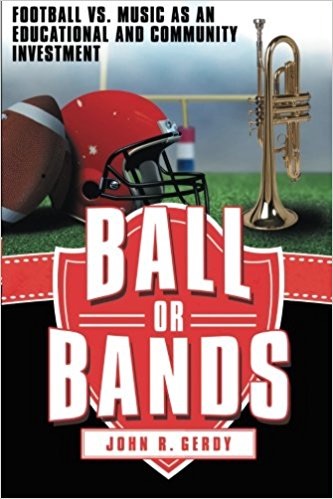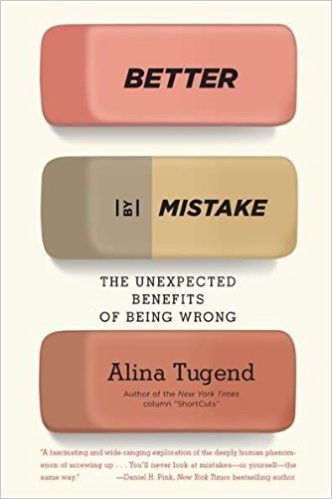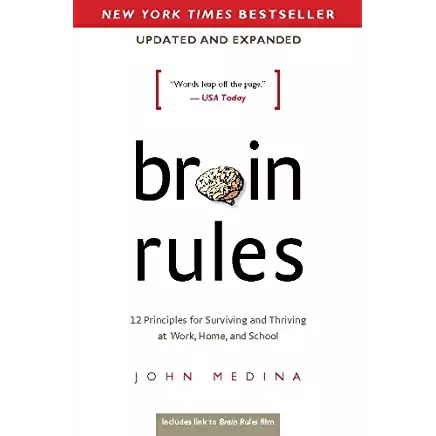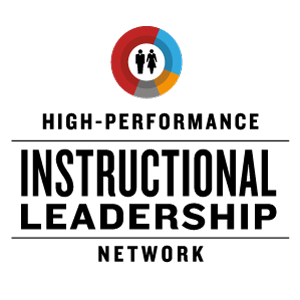Archive for the ‘Leadership Books’ Category
Monday, September 11th, 2023
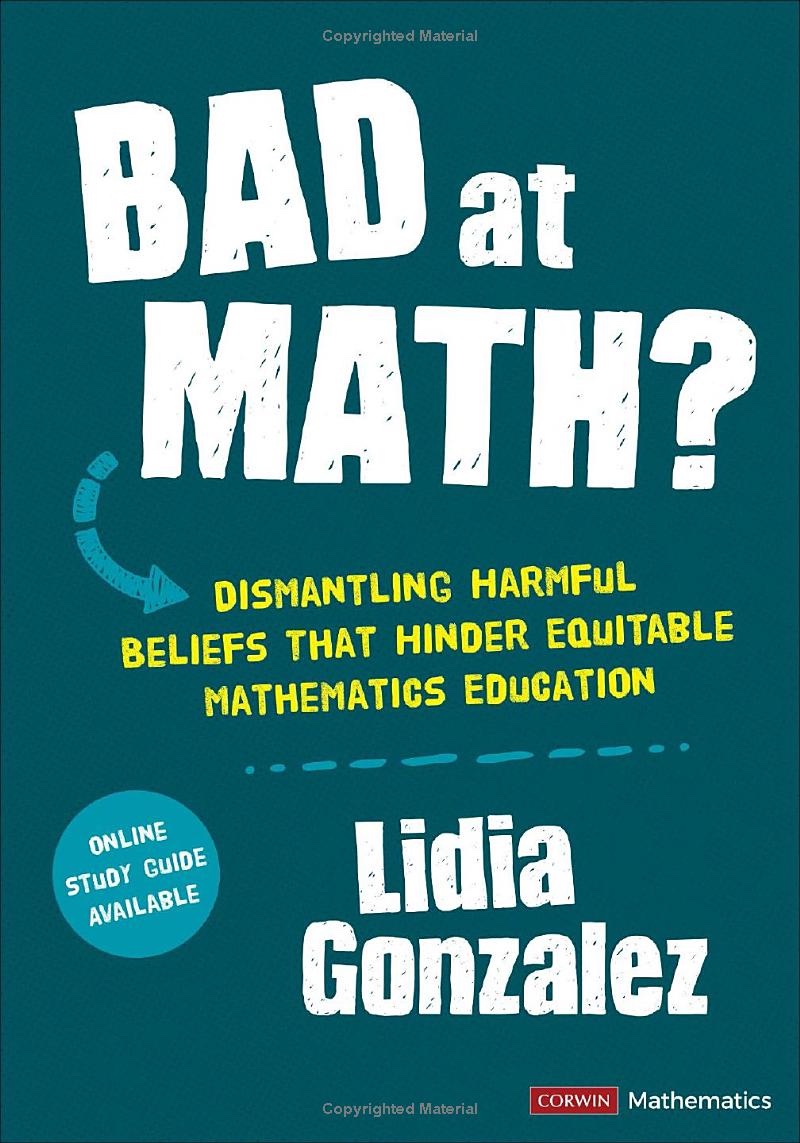
Bad at Math: Dismantling Harmful Beliefs That Hinder Equitable Mathematics Education by Lidia Gonzalez points out the fact that most people in our society are comfortable at saying they are bad at math. This certainly implies that there is something wrong with how we present and teach math in general. She also points out that the math achievement gap between poor and minority kids and wealthier children is likely an opportunity gap that perpetuates the problem. While you may not be able to solve this problem, you should do your part by starting conversations with parents, teachers, administrators, and policy makers and by sharing this important book.
Introduction
- It is somewhat alarming that most of our population is comfortable admitting publicly that they are bad at math. This behavior is also accepted by our culture and the media. This tells us that the way we conceptualize and teach math has to fundamentally change. What is needed is a growth mindset that tells you that you can get better at anything with effort. It’s vital that teachers have growth mindsets. This chapter will help.
- It is clear that existing reforms have fallen short. We also know that Black and Hispanic students struggle more with math than their white and Asian counterparts. This feeds and extends existing inequalities. It is important, therefore, to improve the mathematical experience of typically marginalized students. The main goal of this book is to tell us how to do this.
1. What Does It Mean to Be Good at Math?
- Many teachers are quick to assume a student is bad at math after one poor test score. They then view the student as not being good at math and act accordingly. Closed problems have one solution and only one way to be solved. Open problems have multiple solutions and be solved multiple ways. Open-middle problems have one solution but can be solved multiple ways. Research shows that students who routinely work on open problems do better in school and beyond. Open problems tend to take time and result in struggle, which students need to view as beneficial. Lidia provides resources for open problems here.
- Be sure to see my summary of “Dan Meyer: Math Class Needs a Makeover.” See my summary of Mindset by Carol Dweck.
2. Beyond Numbers and Equations: What is Mathematics?
- Ask students what math is and most will tell you that it deals with numbers, equations, and formulas. That is because most school math curricula put those things first and leave other topics at the end where they may never be covered. We need to broaden math teaching to include more geometry, probability, statistics, financial math, discrete math, and data science.
- Increasingly complex visual data displays are showing up in media aimed at the public. Although algebra is important, we should urge our leaders to add more real-world math to the curriculum. Many students don’t take math in their senior year in high school. This means that they will have more difficulty with college math and it virtually rules out a career in a STEM discipline. Poor kids and students of color are more likely to be left behind and have less access to AP Calculus and Statistics.
3. Mathematicians and Mathematicians in Training
- Most of us think that math discoveries have mostly been made by white males. The stereotype for a mathematician, is an awkward white guy who probably lacks social skills. Historically, white men have had privileged access to math education, which explains why they dominate more recent discoveries. There are examples of women and minorities who have made discoveries in math and we need to expose students to them. Invite local women and people of color with math jobs to meet with your students as early as possible. Also, ask students to seek them out and report to the class.
- Access to higher math in high schools starts with early decisions as to who gets tracked into higher math classes. Studies show that teacher recommendations favor whites and males beyond the advantage they would have if universal testing were in place. This is often considered too expensive even though studies show it to be racist. Fight for policies that give all students a chance to experience as much math as possible.
4. We Are All Math People
- One can make a case that we are all math people and there is lots of math involved in everyday life. If math is all about patterns, we are dealing with patterns a lot. From planning a route to sports and music we are encountering math. Be sure to ask students to hunt for the math around them. Be it math or reading, students will be more engaged if there is a context of interest.
- It’s important to help kids see themselves as math people, and to see math around them. Teachers, therefore, have to create these opportunities. Connect to contexts that hold meaning for students.
Posted in Book Summaries, Education Books, Leadership Books | Comments Off on Bad at Math: Dismantling Harmful Beliefs That Hinder Equitable Mathematics Education by Lidia Gonzalez
Monday, May 18th, 2015
Ball or Bands: Football vs Music as an Educational and Community Investment by John Gerdy (©2014) uses research to support the notion that due to costs, injuries, its focus on elite male athletes, and a negative impact on school cultures, support for high school football can no longer be defended. He also makes a case for why music and the arts in general need more support. He comes at this topic as a musician and an athlete with a brief career in the NBA. Click at the bottom of any page to get copies for your board of education members, and be strong if you take on king football.
John R. Gerdy
- John is founder and executive director of Music for Everyone. A former all-American and professional basketball player, he served at the NCAA and as associate commissioner of the Southeastern Conference. He is author of Sports: The All-American Addiction and Air Ball: American Education’s Failed Experiment with Elite Athletics.
John’s Journey Through Sports and Music
- The first two chapters outline John’s background experiences in athletics and music. While his father was a physics teacher, he was also the head football coach. Much to his father’s disappointment, John chose basketball and went on to become the leading career scorer at Davidson College followed by a brief professional career. He then went on to get a PhD and work several jobs as a sports administrator. His music life started in eight grade where he quit the school chorus because the director wouldn’t do any Beatles songs (1971). In high school he picked up the guitar, and over time gradually learned percussion and saxophone. As he moved around, he looked for opportunities to play in pick up bands and perform in clubs.
- When his kids started school he volunteered to perform and teach, and even went so far as to develop a seven-week blues curriculum, which culminates in an assembly where children sing and play percussion to a blues song that they have written. John sees little difference between open mic and pick up basketball or other team sports. Each group is striving toward a common goal, which is to figure out where everyone’s talents can contribute.
Posted in Book Summaries, Education Books, Leadership Books | Comments Off on Ball or Bands: Football vs Music as an Educational and Community Investment by John Gerdy
Thursday, May 6th, 2021
Be Excellent On Purpose: Intentional Strategies for Impactful Leadership by Sanée Bell shares her experience and vision as a school leader. As someone who has taught leadership for aspiring principals, I find her advice to be totally on the money. This would be an excellent book for any school leadership course. It’s also good reading for teachers who don’t aspire to the principalship, but who nonetheless lead in their own way.
Introduction
- To be excellent on purpose you need to be intentional with your time, intentional with the company you keep, and intentional about where you focus your thinking and energy. This will allow you to set a standard for success and do what it takes to close the gap between where you are and what you are striving to become. Excellence is a journey that requires effort and energy. You will see barriers as obstacles that you can overcome. This book is designed to help you develop habits that will help you lead with excellence.
1. Own Your Excellence
- As a young girl, Sanée had a vision that she wanted to compete with the boys in her neighborhood. She was clear and intentional about what she wanted to accomplish and built the steps needed to get there. Her vision was the roadmap to the end. It was her strategy for success. Later she was able to generalize her playground success to the rest of her life.
- Start by thinking about what you want to achieve. Then identify the action steps you need to take. Identify the barriers and develop a plan to eliminate them. As you move forward monitor your progress. As you develop your vision be sure you know why. This is where you will summon your motivation. Your why is what gives your vision meaning and purpose. With your why firmly in place you next have to address how you are going to accomplish your goals. Along the way be honest with others and yourself. As you venture into the unknown try to develop a level of comfort with it and with your own vulnerability. Celebrate your accomplishments rather than feeling like an imposter.
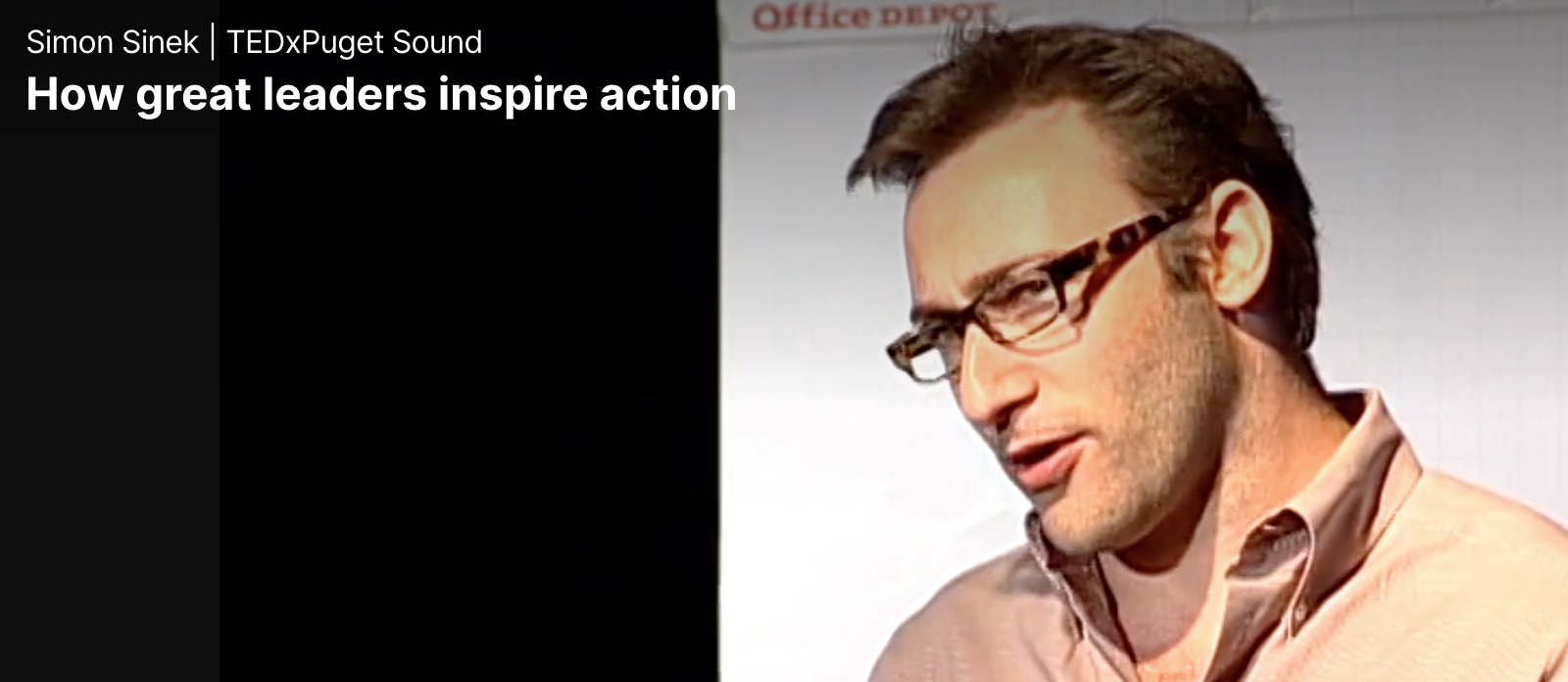
Sanée was inspired by Simon Sinek’s TED Talk How Great Leaders Inspire Action. Give it a look.
2. Understand the Power of Words and Actions
- Sanée’s mantra is “lead with purpose, intention, and excellence. Be excellent on purpose and strive for excellence in all we do.” Success is a result of intentional planning and hard work. Know that everything you do matters and that everyone is watching. Focus on what you can control. While culture work belongs to the group, the leader has the biggest responsibility. Your words need to match your actions. Work to get a commitment to continuous improvement. Ask “where can we continue to grow and improve?” Striving for excellence does not involve making excuses.
- Start with a focus on what’s strong rather than what’s wrong. Once you do this you can figure out how to make not-so-great areas better. It’s important to determine why what’s working is successful. Then it’s on to finding out why some things aren’t working well. You can give pep talks focused on your mission. Point out obstacles you overcame. Celebrate this achievement with the group and identify the challenges ahead. Speak from the heart and use emotion to inspire the group.
3. Expand Your Connections
- It is important that leaders use their abilities to connect. They need to broaden their network to include leaders outside of education and leaders around the world. This can greatly expand one’s learning. Think of it as your professional development network (PDL). This will also expose you to new opportunities. Look for people who push your thinking, not just people who always agree. Look for opportunities to meet people at conferences who you follow online.
- As you expand your virtual support team, be sure to prioritize local face-to-face connections. Sanée suggests that you schedule regular get-togethers with people who can support your work as you support theirs. You also need to manage by walking around. As you do so, check in with the people you lead. Be sure to ask “how are you doing” and as they say “I’m doing fine,” watch their body language to see if it sends the same message or a different one. Ask questions like why and don’t tell them how you solved their problems. Take time to be alone to think and write. Be sure to share what you write, which is easy today thanks to blogs like mine where you can guest post.
Posted in Book Summaries, Business Books, Education Books, Leadership Books | Comments Off on Be Excellent On Purpose: Intentional Strategies for Impactful Leadership by Sanée Bell
Thursday, April 14th, 2011
This eye-opening book features the big idea that embracing mistakes can make us happier and more productive in every facet of our lives. It examines the tension between the idea that we must make mistakes to learn, and the fact that we often get punished for them. © 2011, Riverside Books: New York, New York
Another Way of Learning
- My teacher said I learn by making mistakes. Since I didn’t make any today, I guess I didn’t learn anything. This story is followed by the notion that when people think they must do everything perfectly, they can spend energy blaming each other rather than finding a solution. It results in defensiveness and accusations rather than apologies and forgiveness. Mistake prevention gets in the way of daring and innovation. Most of us think that mistakes make us look stupid.
(Re)Defining Mistakes
- My teacher said I learn by making mistakes. Since I didn’t make any today, I guess I didn’t learn anything. This story is followed by the notion that when people think they must do everything perfectly, they can spend energy blaming each other rather than finding a solution. It results in defensiveness and accusations rather than apologies and forgiveness. Mistake prevention gets in the way of daring and innovation. Most of us think that mistakes make us look stupid.
Tags: Alina Tugend, Better By Mistake, Book Summary
Posted in Book Summaries, Business Books, Education Books, Leadership Books | Comments Off on Better By Mistake – Improve your life and performance by Alina Tugend
Thursday, May 13th, 2010
For four decades Jamie McKenzie has been stressing the importance of engaging students in challenges that require original thought as they deal with new technology. This book takes on that challenge directly. It is designed to support teachers and leaders intent on raising a generation of thinkers capable of asking tough questions while generating good ideas. His insight and the resources in this book are ideal for staff development efforts and graduate courses.
Click here to see my review of this book.
Tags: Beyond Cut-and-Paste, Jamie McKenzie, new technology
Posted in Book Summaries, Education Books, Leadership Books | Comments Off on Beyond Cut-and-Paste – Jamie McKenzie
Friday, September 10th, 2010
Blink: The Power of Thinking Without Thinking is Malcolm Gladwell’s second bestseller. Even though it was written in 2005, the information remains current and valuable. This summary is written with educators in mind. His 3rd book, Outliers, is also available here.
Click here to see my summary Blink.
Tags: Blink, Malcolm Gladwell, Rapid Cognition
Posted in Book Summaries, Business Books, Education Books, Leadership Books | Comments Off on Blink – Vintage Gladwell
Saturday, July 11th, 2020
Boys and Sex: Young Men on Hookups, Love, Porn, Consent, and Navigating the New Masculinity by Peggy Orenstein finishes what she started with Girls and Sex, which is also summarized here. Once again she has conducted many interviews with young men and experts in many fields to paint a picture of how the same social forces that impact girls impact boys. Like her book on girls, all parents, boys, and girls should read my summaries and then get the books.
Introduction: What About the Boys?
- For this book Peggy increased the sample size of the boys she interviewed to over 100 (She interviewed 72 for the Girls book.) Again they were in college or heading for college and represented a geographical, racial, and sexual orientation mix. Unlike the “Girls” book she included trans genders here. Although she is old enough to be their mother, she felt that they were generally more forthcoming than the girls. It was also much easier to get parent permission. While parents talk precious little to their daughters about sex, they talk even less about it with their sons.
1. Welcome to Dick School
- Nearlly all of the boys in the study had egalitarian views about girls, thought they were smart and had platonic female friends. This is fairly new. Their definitions of masculinity, however, are right out of the 1950s. They included emotional detachment, rugged good looks, sexual prowess, athleticism, and the potential for wealth. Showing emotions is what girls do, which is not a good thing for boys. The young men who most internalize these masculine norms are more likely to have: sexually harassed a girl, bullied other boys, been victims of verbal or physical violence, engaged in binge-drinking, caused a car accident, been painfully lonely, been less happy, fewer close friends, been depressed, and been suicidal. They clearly pay a big price for being manly as do those around them.
- Generally, boys only discuss emotions and feelings with girlfriends, sisters, and their moms. With women doing the emotional labor, boys end up stunted in a state of arrested development. Toxic masculinity deals with emotional suppression, disparagement of the feminine, and bragging about sexual conquest. This is prominent in the “jock culture” and featured in “locker room talk.” As a result, athletes are three times more likely to be accused of sexual misconduct. In order to see things like rape as ok or even hilarious, boys learn to disregard others’ feelings as well as their own.
2. If It Exists, There Is Porn of It
- The big takeaway here is that today’s children are guinea pigs in a massive porn experiment and assessing porn’s impact isn’t easy as very little research funding is directed its way. All of the boys admitted to watching porn and some admitted to watching a lot. Parents and educators need to understand that porn is where their kids get most if not all of their sex ed. Intentional searches usually start when boys are 12 to 14. This is when most start to masturbate as they watch.
- Watching porn is likely to cause young people to become sexually active sooner, to have more partners, to have higher rates of pregnancy, to be more sexually aggressive, to view women more negatively, and to engage in more risky and atypical sexual behaviors depicted in porn. It can cause less pleasure from partnered sex, concerns about penis size, and anxiety (erectile disfunction) when engaging in foreplay.
- Perhaps main-stream media is more to blame as the scripts boys consume from childhood continuously objectify, demean, and are hostile or indifferent towards women. Unlike porn, which the boys know is about as real as professional wrestling, movies and TV shows are much more believable. Women in the business are often harrassed. The same is true for hip-hop music, the most popular music genre in the US who’s most devoted fans are typically white, suburban boys who are unlikely to know any black people.
3. Are You Experienced? Life and Love in a Hookup Culture
- Hookups presume a lack of connection and commitment although it can be the first step toward a relationship. Physical intimacy is the precursor to emotional intimacy if it happens at all. This is just the opposite of what most people experienced in previous generations. What happens during a hookup is rather vague. It can be anything from making out on the dance floor to intercourse. Some boys never engage in it while others do so every week. It is most common among affluent, white heterosexuals, and predominant in Greek life.
- Hookups are embedded in a school’s drinking culture. “Pre-game” afternoon drinking even when there isn’t a game leads to an evening of more drinking so when it’s time to hookup, both parties are often “hammered.” Boys are often told to ask permission prior to engaging in sex and to make sure the girl isn’t too drunk to know what she is doing. Hookup culture aligns with the values of contemporary masculinity: conquest over a connection, sex as status-seeking, and partners as disposable. Even for boys, they can be an emotional minefield causing inadequacy, anxiety, insecurity, confusion, disappointment, and embarrassment. There is a lot of peer pressure put on boys to hookup and brag about it. If boys understand this, at least they can make educated choices.
Posted in Book Summaries, Education Books, Leadership Books | Comments Off on Boys and Sex: Young Men on Hookups, Love, Porn, Consent, and Navigating the New Masculinity by Peggy Orenstein
Sunday, October 13th, 2013
Brain Rules: 12 Principles for Surviving and Thriving at Work, Home, and School by John Medina tells how what we know about brain science can be used to positively influence our daily lives. This book is vital for educators, policy makers, and anyone who wants to get more out of their gray matter. Click at the bottom of any page to purchase this essential book.
Dr. John Medina
- John is a developmental molecular biologist focused on the genes involved in human brain development and the genetics of psychiatric disorders. Most of his life has been spent working in the biotechnology and pharmaceutical industries. He teaches at Seattle Pacific University where he is the director of the Brain Center for Applied Learning Research. He also teaches in the bioengineering department at the University of Washington. His other books include Brain Rules for Baby, The Genetic Inferno, as well as books on Alzheimer’s, depression, and AIDS.
The Brain is an Amazing Thing
- The human brain is easily the most sophisticated information-transfer system on Earth. As you read this, it sends jolts of electricity crackling through hundreds of miles of microscopic wires in less time than it takes to blink. Brain scientists have a lot to learn, but they rarely have conversations with educators and business people. This book is meant to fill this communications void. Each of the 12 rules here are supported by research that has been replicated, and John focuses on how what we know can be applied to our daily lives.
Posted in Book Summaries, Business Books, Education Books, Leadership Books | Comments Off on Brain Rules: 12 Principles for Surviving and Thriving at Work, Home, and School
Wednesday, October 19th, 2011
Reform your science program one activity at a time with Dr. Thomas O’Brien’s three volume Brain-Powered Science: Teaching and Learning with Discrepant Events effort for grades 5-12. It is a cerebral treat for science teachers, science students, and science teacher educators alike. At the heart of each activity is a hands-on discrepant-event, which provides an unexpected outcome. This generates a need-to-know that motivates learners’ to think and often makes science fun and funny. The activities are safe, simple, inexpensive, enjoyable, effective, and relevant. Teachers who use these activities should also find that they serve to open their own doors to learning. In all cases there is a deep connection to recognized national science education standards. (Brain-Powered Science, (© 2010) More Brain-Powered Science, (© 2011), and Even More Brain-Powered Science, (© 2011) are published by the NSTA Press: Arlington, VA.)
Tags: Brain-Powered Science, Discrepant Events, Thomas O'Brien
Posted in Book Summaries, Education Books, Leadership Books | Comments Off on Brain-Powered Science Reform Your Science Program
Monday, January 15th, 2024
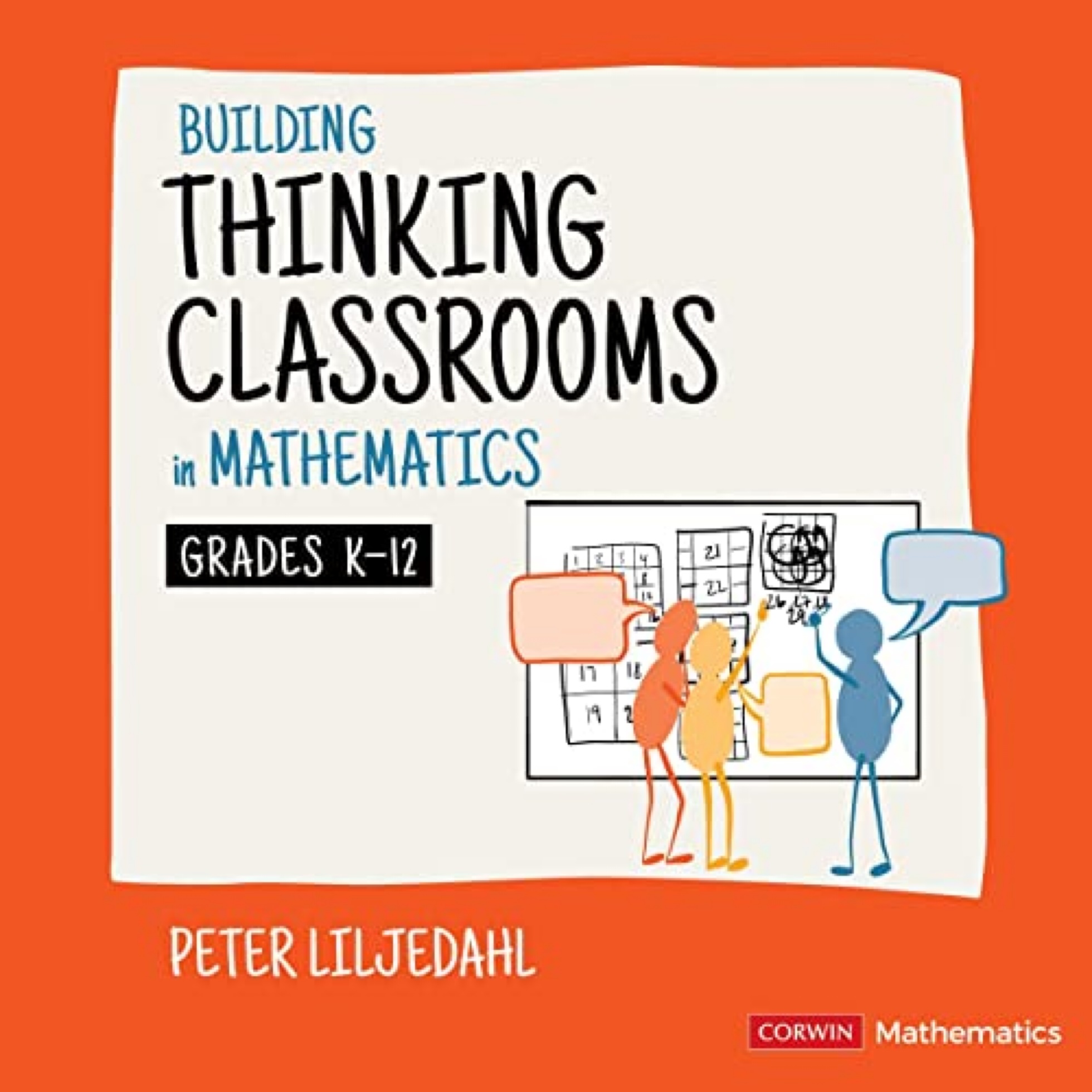
Building Thinking Classrooms in Mathematics Grades K-12: 14 Teaching Practices for Enhancing Learning by Peter Liljedahl offers a whole new way to teach math that gets students thinking rather than mimicking the teacher’s sample problems. The vast research Peter did to discover his new methods is impressive as are student results. Consider having all of your math teachers read this summary and discuss it at a department meeting. Then give each a copy of this trailblazing book.
Introduction
- After observing 40 math teachers in 40 schools, Peter discovered that their practices were pretty much the same and that students spent little or no time doing the right kind of thinking. Unfortunately, the resources and textbooks available facilitated this non-thinking practice, which means that the problem is systemic. He also found that institutional norms were enabling this behavior.
- Over the course of 15 years, Peter and his crew of 400 teachers in teams of 8 to 18 worked on the 14 factors that impact thinking. The factors are represented by the titles of chapters 1 though 14 if you want to know what they are now. In each case they looked at the common norm and tried to do just the opposite. After a lot of trial and error they found the optimal approaches described here. If you want to try their practices, implement chapters 1-3 at the same time. Then you can implement the remaining practices one at a time.
1. What Types of Tasks We Use In a Thinking Classroom
- Problem solving is when we do what we don’t know how to do. It is not the implementation of a well taught algorithm. Students will get stuck, do some thinking, and get unstuck. Routine tasks involve mimicking, which is not thinking. There are examples of tasks here that require thinking. They can be considered non-curricular tasks that do not map nicely to a list of outcomes or standards. Before you can get kids to think about the curriculum, you need to get them to think.
- There are three kinds of lessons. 1 Non-Curricular tasks 2 Scripted Curricular Tasks and 3 Circular tasks. The later just involve mimicking what the teacher does. Scripted curricular tasks asks the students to solve a problem before showing them how to do it. Start by reviewing prior knowledge and then ask a question that will extend prior knowledge. While you can just give non-curricular tasks and let the curriculum take care of itself, using them to prime thinking before switching to scripted curricular tasks is way better than type 3 teaching.
2. How We Form Collaborative Groups In a Thinking Classroom
- Student collaboration is important and can have a powerful impact on Thinking. Peter’s extensive research indicates that random groups perform much better than self-selected groups. The groups must be visibly random. That means the students can see that the teacher hasn’t rigged the grouping. Peter uses playing cards to do this as students seem to like picking cards.
- In grades K-2 use two students per group. From grades three on up use three in each group. Randomness will lead to more diversity in groups and shy students will profit the most socially. Don’t worry if your groups are porous, which means that they collaborate with each other. In secondary schools form new groups at the beginning of each class. In elementary schools form new groups after lunch and recess.
3. Where Students Work In a Thinking Classroom
- Peter’s research shows that for best results, student groups should be standing and writing on erasable surfaces. He prefers white boards, but blackboards, windows, or surfaces found in home improvement stores should work fine. You may have to retrofit your classroom, but it can be done inexpensively. The erasable surface encourages students to take more risks and standing features better posture.
- Only give one marker to each group and make sure the teacher has a different color so anything the teacher does write stands out. You want each member to do some writing and Peter suggests ways to encourage this. Groups should be able to see what neighboring groups are doing.
4. How We Arrange the Furniture In a Thinking Classroom
- Too much order or symmetry does not make for a relaxed atmosphere. The best results happen in classrooms where desks or tables face in different directions and there is no obvious front of the room. Move the teacher’s desk somewhere near the back and eliminate any furniture you don’t need. This will give groups standing around the perimeter more room.
- The teacher should move around to reinforce the idea that the room has no front. This will promote more student collaboration and less teacher talk. Turn off projectors or interactive white boards when not it use and don’t stand next to them when they are on. Get three inexpensive clocks so there is one on each wall.
5. How We Answer Questions In a Thinking Classroom
- There are three types of questions. 1. Proximity Questions are asked when the teacher is next to the student. They are usually 2. Stop-Thinking Questions. These questions ask if this is right or do we have to learn this? If you answer them they can stop thinking. The third type are 3. Keep-Thinking Questions. They are asked so that students can keep thinking. They might be clarification questions or questions about going farther with a task.
- The only questions you should answer are keep-thinking questions. When students ask the other types you can smile and walk away or tell them that you have confidence that they can answer the question themselves. You can also respond with questions like isn’t that interesting or show me how you did that? You can explain what you are doing to students after a week or two. You should let the parents know at the beginning.
Posted in Book Summaries, Education Books, Leadership Books | Comments Off on Building Thinking Classrooms in Mathematics







